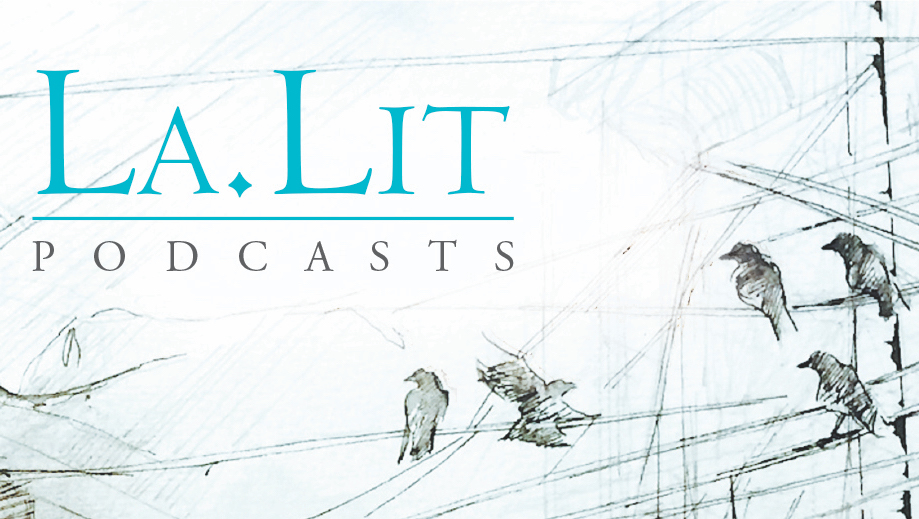Between Clay and Dust, by Musharraf Ali Farooqi, Aleph Book Company, 2012
His translation of the Urdu epic Hoshruba is expected to run to 8000 pages in 24 volumes, but Musharraf Ali Farooqi minces no words in his latest novel, Between Clay and Dust. The title provides an early hint that readers are in for a meditation upon mortality, and the opening sentence confirms it:
The ruination of the inner city was attributed to time’s proclivity for change.
Without further ado, in brief, eponymous chapters, Farooqi introduces his three protagonists – Ustad Ramzi (“a man of frugal speech and austere habits … had won the highest wrestling title in the land ”); his younger brother Tamami (“of a frivolous nature … more interested in the celebrity”); and the courtesan Gohar Jan (“an accomplished singer … known for her haughty airs and capricious treatment of her lovers”). In the tumultous aftermath of Partition, with patronage networks decimated, we already know that time’s proclivity for change will bring ruination upon the denizens of this anonymous city.
Yet despite the streak of fatalism running through this tale, where the sun appears to have set before one can even greet the day, the reader is willingly drawn into Ustad Ramzi’s akhara. Here tradition dictates the state of play as much as it does in Gohar Jan’s kothā, notwithstanding the fact that they stand at opposite poles of fame and notoriety. With an admirable economy of prose, Farooqi then proceeds to intertwine the fates of his protagonists. All three seek to do the right thing, but stumble against each other’s interpretations of the same.
Not all have the opportunity to redeem themselves. Ustad Ramzi personifies the crumbling of the old guard as well as its reactionary attitudes. The champion wrestler strives to live by an age-old code of honour, yet in his cruel treatment of a brother he deems unworthy we see a desire to perpetuate his own fame. But he is no villain; Farooqi’s portraits are far too sympathetic for such caricatures.
Farooqi achieves this immersion not through titillation, though goodness knows he could easily have given into the temptation to mine the sensuous worlds of the pahalwan and the tawaif. He deploys sparse, poetic prose to describe these two professions just as they are – age-old professions retreating before the brashness of modernity. This restrained approach allows us to appreciate the gentle symmetry of his narrative, even as we race through the drama of Tamami’s wrestling career.
Some will take issue with the author’s refusal to glamourize his subject matter, much as Tamami’s wrestling promoter Gulab Deen might, given that he sees not disgrace but business opportunities in fixed fights. But then Farooqi did not name his book The Wrestler and the Courtesan. Readers might also have wished the clay in question were a little more animated, in of itself. But Ustad Ramzi would not comply. A man already living in the past, he chooses but to honour and tend it, much as he does the cemetery “rimmed by rose boughs as a sign of devotion to the memory of his elders”. Gohar Jan, whose music rooms the wrestler visits even as the tanpuras gather “dust under their silken wraps”, would understand.
















